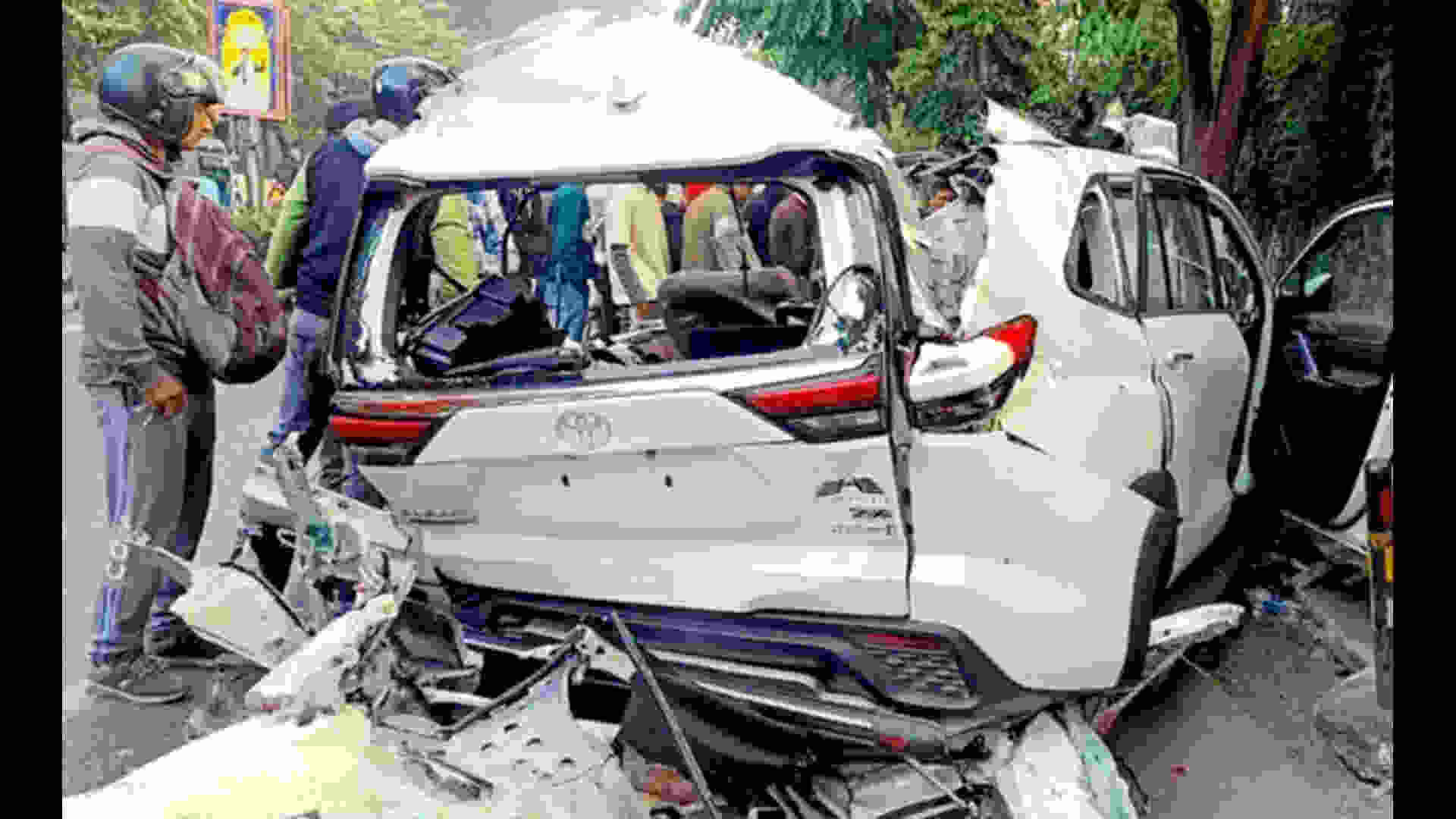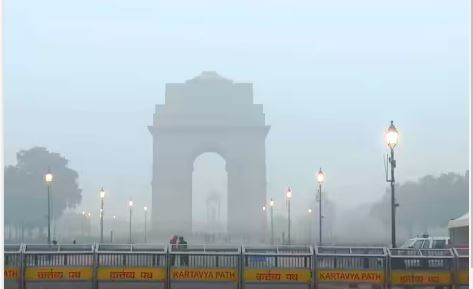
As India sets its sights on Viksit Bharat—a vision of becoming a developed and prosperous nation—one crucial factor could determine the success of this ambitious goal: the full and active participation of women in the workforce. Despite the nation’s significant growth since the economic liberalization reforms of 1991, the decline in female labour force participation (FLFP) is a troubling trend that could hinder the realization of Viksit Bharat. To achieve this vision, India must address the underutilization of its female talent urgently.
The statistics paint a concerning picture. Female labor force participation in India dropped from 31.2% in 2005 to just 20.3% in 2019, even as the economy expanded. This paradox threatens to derail India’s progress toward becoming a developed economy. Currently, India ranks 135th out of 146 countries in the World Economic Forum’s Global Gender Gap Report, highlighting the significant work that remains to be done.
A key issue lies in the changing dynamics of India’s economy. Historically, agriculture has employed most women, but female employment in this sector saw an average annual decline of 2.23% between 2011 and 2018. Mechanization and urbanization have displaced women from agricultural roles, yet many have not transitioned to industrial jobs, moving directly into the service sector instead. While the service sector has provided some opportunities, it cannot absorb the large numbers of women exiting agriculture.
The industrial sector, which could have been a vital source of employment for women, has underperformed. Female employment in industry grew at a sluggish 1.58% annually between 1991 and 2022, with a decline of 0.55% from 2012 to 2018. In contrast, female employment in the service sector grew by 2.38% annually over the same period. However, the manufacturing sector’s contribution to India’s GDP has stagnated at around 15%, well below the global average of 27% for emerging economies. This stagnation not only limits economic growth but also restricts viable employment opportunities for women, undermining the vision of Viksit Bharat.
The recent Union Budget 2024-25 provides some hope for addressing these challenges. A significant portion of the budget—around ₹7 lakh crore—has been allocated for infrastructure development, essential for industrial growth and increasing employment opportunities for women. Improved infrastructure could help tackle barriers such as inadequate transportation, which often limits women’s access to industrial jobs. Furthermore, the budget has allocated ₹1.6 lakh crore specifically for women-centric programs, including initiatives like Beti Bachao Beti Padhao, which support girls’ education and lay the groundwork for higher FLFP in the future.
The service sector, despite its growth, presents its own challenges. It often requires higher education and specialized skills, which are not accessible to many Indian women, particularly those from rural or economically disadvantaged backgrounds. In 2020, only 12% of Indian women aged 15 and above had completed secondary education, compared to 22% of men. This educational gap exacerbates the problem, making it difficult for women excluded from both agriculture and industry to find sustainable employment in the service sector.
To address this, the government has earmarked ₹45,000 crore for the Skill India Mission, focusing significantly on training women. This aligns with the need for policies that promote female education and create pathways for women to enter and remain in the workforce across all sectors. Additionally, the healthcare sector, which received a substantial boost with an allocation of ₹2.5 lakh crore, presents high potential for female employment, particularly in nursing and allied health services, supporting the call to expand and diversify the service sector to absorb more female workers.
Education is a critical factor. Women with higher education are significantly more likely to be employed in the service sector. Yet, despite these benefits, only 27% of Indian women hold wage-paying jobs compared to 74% of men. This disparity underscores the urgent need for policies that promote female education and create clear pathways for women to enter and remain in the workforce.
The economic cost of excluding women from the workforce is enormous. The McKinsey Global Institute estimates that closing the gender gap in the labour market could add $770 billion to India’s GDP by 2025. This figure represents the untapped potential of millions of women whose contributions could be crucial to achieving the vision of Viksit Bharat.
Policymakers must rethink their strategies. Investment in female education is essential, but it is equally important to create a conducive environment for women in the industrial sector. This includes addressing barriers such as inadequate infrastructure, restrictive social norms, and the lack of supportive work environments. Moreover, the service sector needs to be expanded and diversified to offer more sustainable and accessible employment opportunities for women.
The stakes for Viksit Bharat could not be higher. India’s large young population can either propel the nation to new heights or become a burden if the potential of its women remains untapped. In a global economy that is increasingly competitive, India cannot afford to overlook the talent and contributions of half its population. The vision of Viksit Bharat demands inclusive growth, where every citizen, regardless of gender, has the opportunity to contribute to and benefit from the nation’s progress.
Souryabrata is a faculty member at NCAER, and Surbhi is a PhD candidate at IIT Bhubaneswar. Views are personal.















